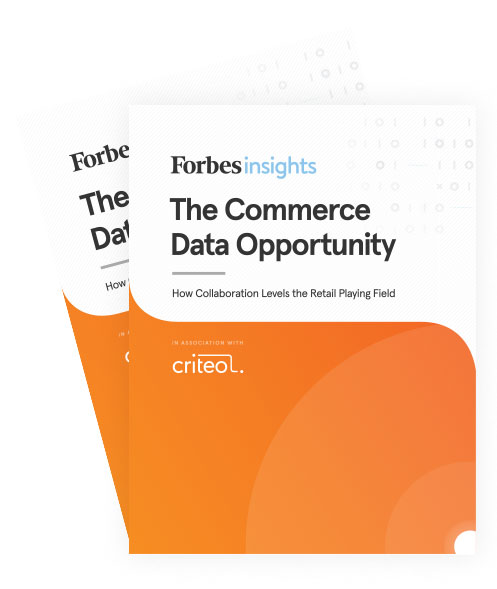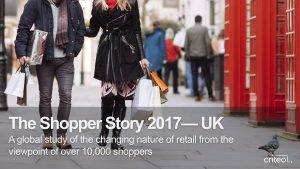 Criteo has unveiled the findings from two third-party studies it commissioned, as part of the company’s new initiatives to create an open commerce marketing platform.
Criteo has unveiled the findings from two third-party studies it commissioned, as part of the company’s new initiatives to create an open commerce marketing platform.
The studies examined the value of data and the strength of shared pools of knowledge within the industry, and is a timely reminder for Australian brands that they need to innovate through collaboration and harness the collective power of data to engage with consumers at every moment and across any screen or device during the shopper journey.
The first study, conducted by Forbes Insights and titled ‘The Commerce Data Opportunity: How Collaboration Levels the Retail Playing Field’, highlighted the value of data collaboration and pooling data to better meet customers’ needs, drive value and compete.
 The findings from Forbes Insights found that the retail industry disruption is reshaping commerce, as 50% of brands demonstrated concern that physical-digital giants will limit access to their products and 41% are concerned that they will not have access to information about their own customers and products.
The findings from Forbes Insights found that the retail industry disruption is reshaping commerce, as 50% of brands demonstrated concern that physical-digital giants will limit access to their products and 41% are concerned that they will not have access to information about their own customers and products.
Retailers also worry that this trend will cause consumers to turn away from smaller retailers.
The study also found that while brands and retailers realised data has potential, they lack activation capabilities. Even though four out of five brands and retailers include customer data as a key part of their business strategy, they are less confident than brands in their ability to activate data into actionable insights. According to the study, this shows that more data alone does not necessarily translate into a greater ability to take action.
In addition, the study also found that pooled data assets are a powerful way to get ahead as brands and retailers see value in collaboration and pooling data assets to meet customer needs and drive value for their business.
According to the study, 71% of retailers were willing to contribute online search data to a pool and three-fifths of those surveyed were already part of a data cooperative, with almost seven out of 10 of those companies happy with their collaborations as well as the data they receive. Additionally, 72% of marketers cite ‘increased revenue’ as a key benefit they experienced from pooled data.
 The second study, titled ‘Shopper Story 2017’, highlighted the rise of omnishoppers, consumers that use a variety of devices, channels and platforms to browse and buy products.
The second study, titled ‘Shopper Story 2017’, highlighted the rise of omnishoppers, consumers that use a variety of devices, channels and platforms to browse and buy products.
The findings from The Shopper Story 2017 found that more than three quarters of shoppers globally engaged in omnishopping and most consumers went online to shop and buying in-store, and vice versa.
It also found that webrooming and showrooming have became the norm as 66% of consumers occasionally browsed products online and then purchased in store, with 24% making this a regular occurrence; whereas 74% of consumers occasionally make purchases online after seeing a product in store, with 15% saying they do this regularly.
Lastly, the study found that digital drove conversion as mobile continued to permeate everyday life, online is now a critical point of purchase driver with nearly half of all omnishoppers from various countries sharing that websites were the ‘last influence before purchase’ and 62% of consumers reporting that they use their phone while in-store to research products online.
Source: The Drum

You must be logged in to post a comment Login